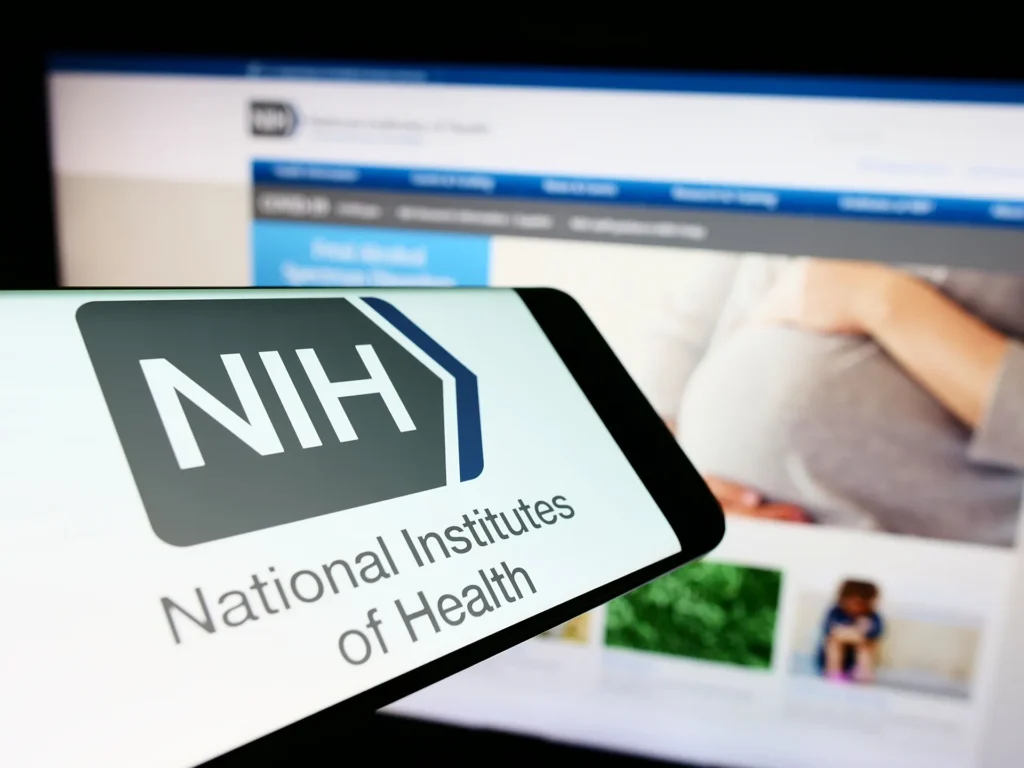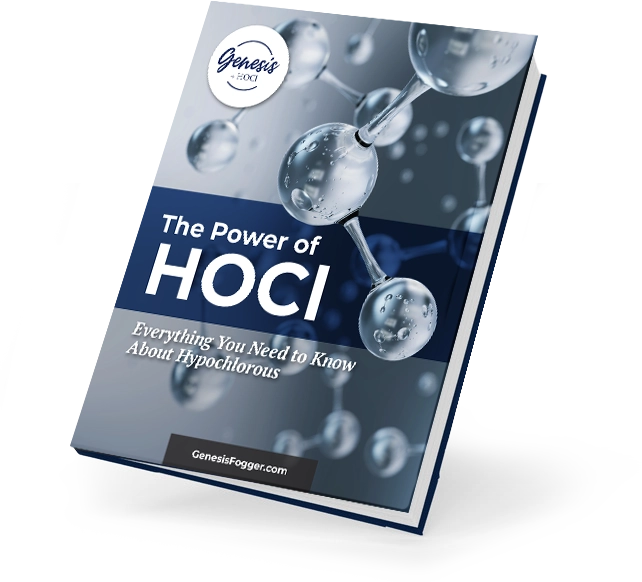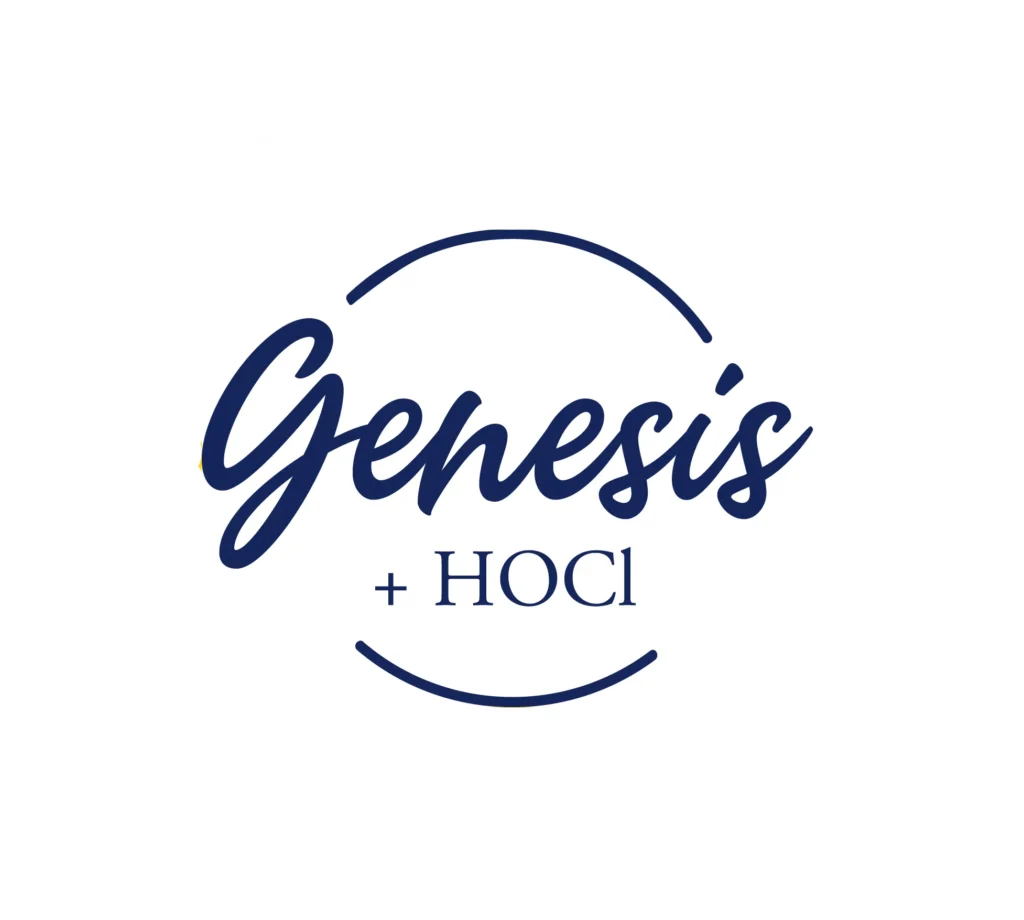

NIH stated “HOCl may be the disinfectant of choice for coronaviruses. HOCl fogging is the decontamination technique that best suits the needs of the dental clinic [or any space] with its ability to disinfect large areas by producing small, aerosolized particles to control noroviruses.
Another NIH study determined that a no-touch fogging dispensing of HOCl at a low concentration of 20-200 ppm reduces the virus transmission from one site to another.
HOCl has been shown to inactivate a variety of viruses including coronaviruses in less than 1 minute. At a concentration of 200 ppm, HOCl is effective in decontaminating inert surfaces carrying noroviruses and other enteric viruses in a 1-minute contact time.
In addition to the use of HOCl as a liquid-based disinfectant, fogging with hypochlorous vapor has shown virucidal activity against numerous types of viruses and bacteria
This is of potential benefit to disinfect large spaces such as medical and dental offices [or any environment] where aerosols can be airborne for extended periods.
Another NIH study has shown that fogged HOCl was able to decontaminate environmental surfaces carrying antibiotic resistant Staphylococcus aureus (methicillin resistant) and Acinetobacter.
The above linked NIH studies evaluated fogging at the exact particle size range that the Genesis Fogger produces (range of generated droplets evaluated was between 20 and 50 μm).
The decontamination technique that best suits the needs of the dental clinic is hypochlorous acid which can be sprayed via a device at high turbine speed with the ability of producing small aerosol particles, recommendable also for their low cost.
NIH also wrote “HOCl is used in the treatment of [eye inflammation] by reducing the bacterial load on the surface of the eye.” It is safe and used for nasal irrigation in patients affected by chronic sinusitis. A study showed a low (0.85%) concentration HOCl solution can be used as an effective nasal irrigation solution.
Note: This study specifies that no-touch methods, such as HOCl fogging, augment standard manual cleaning and disinfecting protocol.
HOCl…the disinfectant of choice for all strains and variants of SARS-CoV-2 (COVID-19)
Shared Air is the Problem, Not Shared Surfaces
Most disinfection methods only address surfaces and do nothing to prevent airborne transmission of these respiratory viruses. Reducing the spread of airborne pathogens is paramount for the health and well-being of dogs. Atomized hypochlorous (HOCl) is a revolutionary approach to controlling airborne viruses, including illnesses spread through animal contact at boarding kennels, dog daycares, groomers, and other canine care facilities. Airborne viruses pose a significant threat in such settings, making effective disinfection crucial. Atomized hypochlorous has been identified as the single most effective, powerful, and safest method for controlling airborne viruses and enhancing the overall hygiene of canine care facilities.
What is Hypochlorous?
Hypochlorous (HOCl) is a molecule composed of three natural elements (Hydrogen, Oxygen, and Chlorine, not to be confused with chlorine bleach) straight from the Periodic Table of Elements and more importantly, inherent in the white blood cells of every mammal. It is produced naturally in the immune system to combat infections, making it a biocompatible and eco-friendly disinfectant that is completely safe for animals as well as humans.
What is Atomized Hypochlorous?
Atomized HOCl refers to the process of breaking down liquid hypochlorous into tiny, airborne droplets, allowing it to effectively combat airborne pathogens and neutralize contaminants on surfaces at the same time. Upon contact with airborne viruses, HOCl penetrates the protective envelope of a virus, rendering that virus inactive. Because of its unique ability to penetrate the cell walls of contaminants, it is particularly effective against a wide range of pathogens, including canine respiratory viruses. The atomization process transforms hypochlorous into fine droplets, allowing it to linger in the air for an extended period. This ensures that as animals move and pathogens become airborne, the disinfectant is readily available to neutralize these threats, providing immediate airborne disinfection. Atomized hypochlorous doesn’t stop at controlling airborne viruses; it offers a dual-action approach by settling on surfaces. This ensures that not only the air is disinfected, but also hard-to-reach surfaces where pathogens might land, creating a comprehensive defense against disease transmission.
Broad Pathogen-Killing Range
One of the standout features of hypochlorous is its broad-spectrum antimicrobial activity against a broad range of pathogens. According to the FDA, “HOCl has the highest bactericidal activity against a broad range of microorganisms.” In addition to viruses, it is effective against bacteria, fungi (airborne mold), and other pathogens, making it a versatile solution for maintaining a clean and safe environment in any animal care facility. Hypochlorous quickly and effectively tackles ammonia-based odors without posing any harm to pets, humans, or the environment.
Non-Toxic and 100% Hypoallergenic
Traditional disinfectants often introduce respiratory risks due to harsh chemicals or irritating fumes. Because it’s a natural compound, atomized hypochlorous eliminates these concerns. It provides a respiratory-friendly solution for both animals and caretakers, contributing to a healthier environment. The natural composition of hypochlorous reduces the likelihood of adverse reactions Hypochlorous exists in a neutral pH range, making it gentle on the skin and mucous membranes. It does not cause irritation or allergic reactions commonly associated with more harsh cleaners.
Maintaining Business Operations
Incorporating Genesis + HOCl into your animal care protocols is not just about responding to existing threats but it’s also about implementing preventive health measures. By proactively controlling airborne viruses, facilities can reduce the risk of disease outbreaks and maintain a healthier population of animals. Hypochlorous atomizing can help animal care facilities stay open and operational, assuring their customers of a safer environment for their beloved pets. Beyond its efficacy, atomized hypochlorous is an eco-friendly solution. It breaks down into harmless components, contributing to sustainable practices in animal care facilities.
Disinfect Air and Surfaces Simultaneously
In the complex landscape of animal care, controlling airborne viruses is crucial. Atomized hypochlorous provides a powerful, safe, and versatile solution. Its ability to effectively disinfect air and surfaces simultaneously, coupled with its hypoallergenic nature and eco-friendly profile, positions it as a game-changer in elevating the standards of hygiene in animal care facilities. Genesis + HOCl stands at the forefront of innovative solutions to provide a healthier and safer environment for the veterinary and animal care community.
And, because it’s fast and nearly effortless to use, Genesis + HOCl also reduces the amount of time and labor required to thoroughly disinfect animal care settings. The convenience of Genesis + HOCl decreases costs while simultaneously improving hygiene at your facility. And, adding that extra layer of protection communicates to your clients that you are providing the healthiest environment possible for the animals and people entrusted to your care.
Please visit our page specifically for Veterinary Clinics and Animal Care Facilities.
Disclaimer: The information on this site is not intended or implied to be a substitute for professional medical advice, diagnosis, or treatment. Always seek the guidance of your doctor or other qualified health professional with any questions you may have regarding your health or a medical condition.
Genesis Fogger Headquarters
Frederick, Maryland 21701 USA


Curious about Hypochlorous? This free guide goes over everything you need to know!
The Best and Safest Method to Control Canine Respiratory Diseases